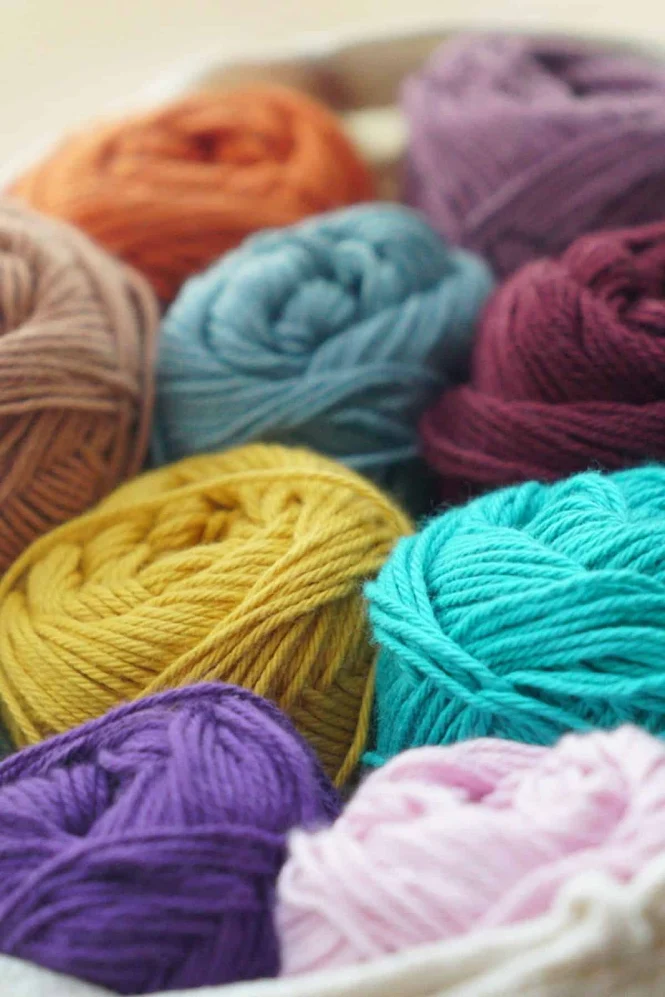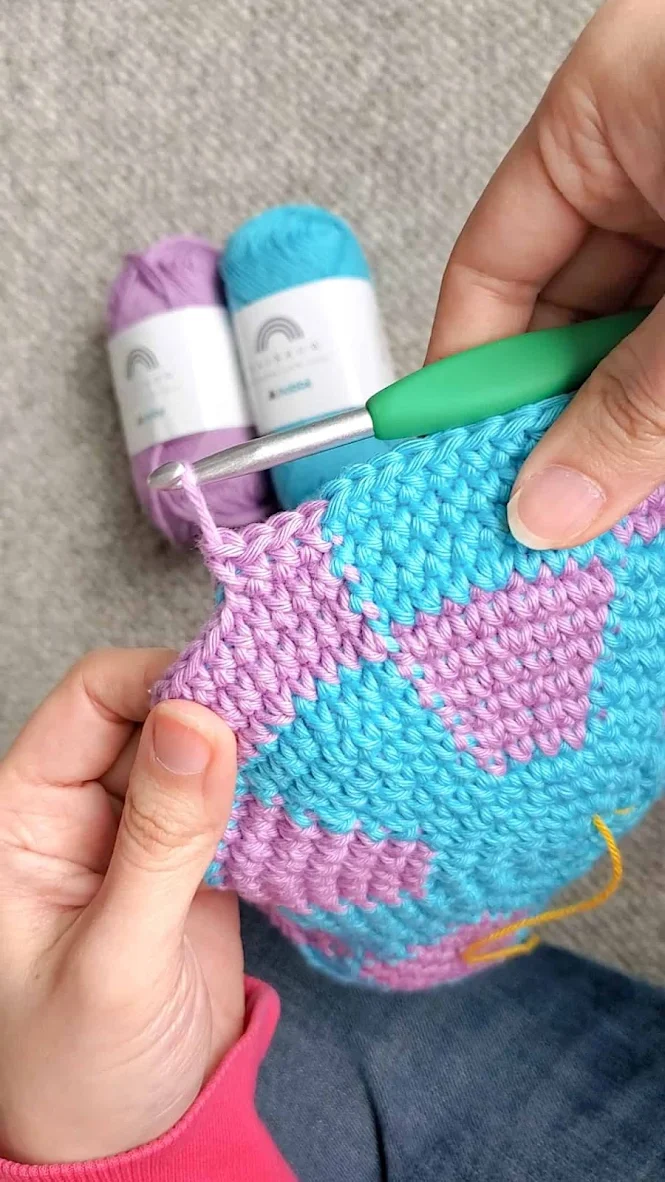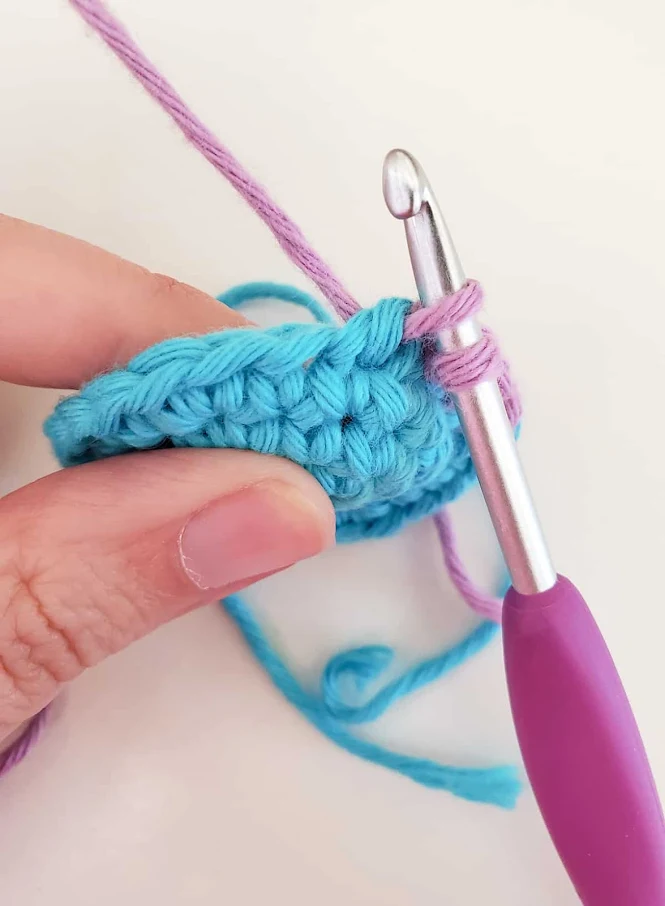Crocheting has been a cherished part of my life for the last 10 years. It's an awesome hobby that keeps my mind calm and helps me unleash my creativity. As a passionate crocheter myself, I can't help but get excited about turning a simple ball of yarn into something beautiful.
The best part about crocheting as a hobby is that it doesn't have to break the bank. All you really need is some yarn and a hook. And with some resourcefulness, you'll find a wealth of free crochet patterns right at your fingertips.

I love crocheting continuous rounds when I crochet amigurumi so that there is no visible seam. However, because there's no seam, it's hard to know where the start of the round is. This is where the running stitch marker comes in handy.
You can use regular stitch markers when crocheting in spiraled rounds and move them each time you start a new round, but you would only be keeping track of the beginning of the current round. If you notice a mistake a few rounds back and need to take it apart, you could easily lose your place.

This post contains affiliate links. Purchasing items through these links will not cost you any extra money. Please see our disclosure policy for more details.
So after getting a chance to work with Lion Brand's Fun Fur to make my little soot sprites, I decided to be a bit more adventurous and try out other novelty yarns.
I *LOVE* faux fur!
When faux fur yarn just came out, I saw people make all kinds of things with it including home décor, scarves, hats, outerwear, etc.
However, one thing I wish I had seen more was faux fur yarn amigurumi. As much as I love traditional amigurumi, I always dreamed of making my own little plush toy that I can hug and cuddle.
When making amigurumi using regular worsted-weight yarn, stitches typically have to be very tight to hide the stuffing inside. In turn, this makes the fabric very stiff and not very cuddleable.
Also, when you do try to cuddle and squish amigurumi, they don't always bounce back to their original shape on their own.
Sadly, just when I had the idea and courage to go for it and crochet amigurumi using faux fur yarn, my local craft store no longer carried the yarn. But then again, it's also the middle of the summer, so who can blame them.

Recently I've been exploring some new stitches for projects and stuff. Then I came across the herringbone double crochet stitch. It's not just called the "Herringbone stitch" because there are actually two different types: herringbone double crochet, and herringbone half double crochet.
Today, I'm going to show you how to do the Herringbone Double Crochet (HBDC).

Hello
Website Policy
We are a participant in the Amazon Services LLC Associates Program, an affiliate advertising program designed to provide a means for us to earn fees by linking to Amazon.com and affiliated sites.
Read our privacy policy for more details.

















